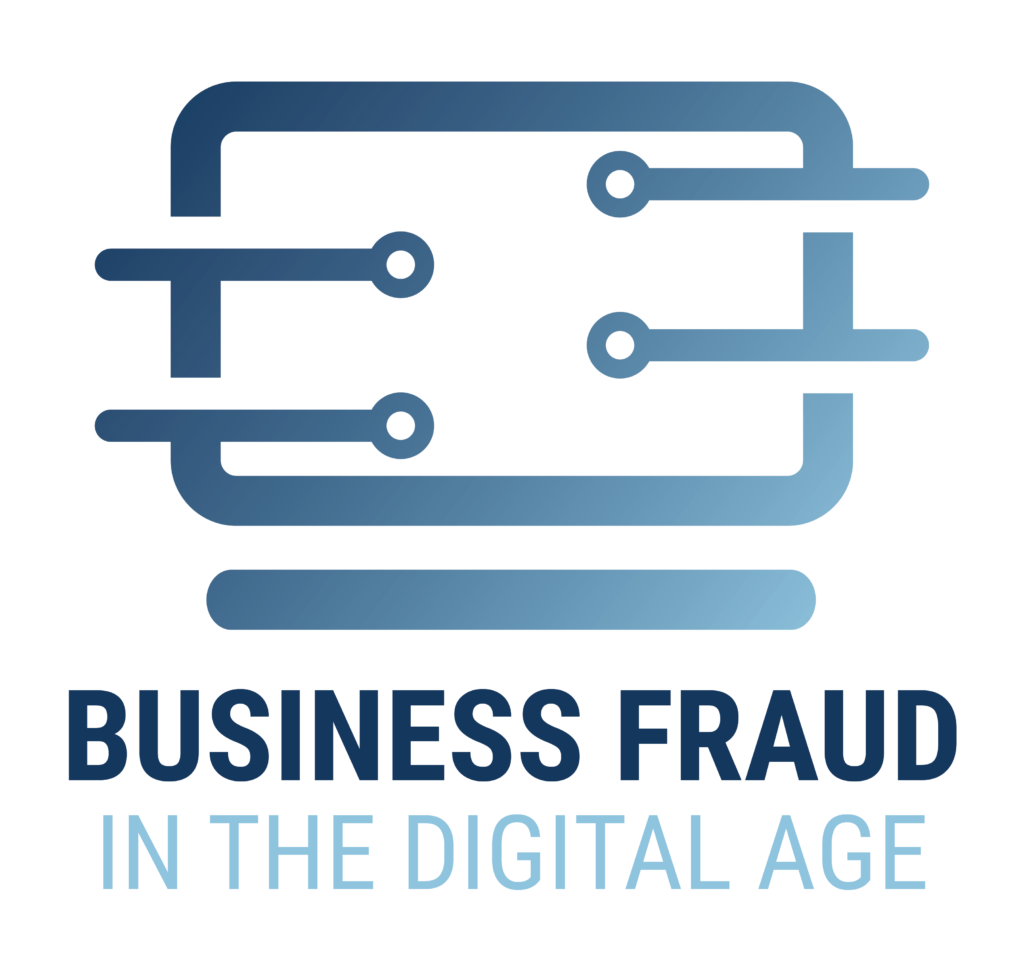Business Fraud in the Digital Age: Part 1
Over the past decade, businesses have been moving their payment and treasury services to the cloud, online banking systems, and to electronic payments. That has led to an entirely new set of exposures to fraud. Ironically, there is also a surge in forgery claims as people have sought to pay bills with checks to avoid cyber-related fraud.
The banking and payments system is constantly evolving and so are the techniques employed by fraudsters. The urgency to understand and combat banking fraud has never been greater. As we move into 2024, businesses and their financial institution partners must remain vigilant to the ever-changing landscape of banking fraud.
A finance department must develop a thoughtful, integrated banking, technology, billing, and payments structure to prevent fraud. Without a robust fraud prevention and security system, significant financial and reputational harm is possible. It is a fact that every company will be the target of a fraudulent or harmful cyber attack.
There are a broad variety of potential threats – from invoicing and vendor fraud to email schemes, ransomware, and even internal or rogue employees siphoning funds by exposing gaps in back-end payment authorizations or bank account controls.
Looking at the data, over 87% of corporate finance and treasury executives in 2021 indicated their company had experienced fraud attempts within the past year. Not surprisingly, this high frequency of attempts led 400% more companies to increase their investment in fraud and security controls during the same year. Today, fraudsters are making away with millions of dollars by preying on companies that lack sufficient protocols to monitor this activity.

ABOUT THIS SERIES
This article is part of a six-part series on business fraud in the digital age. If you need more information about any of the information in this series, please contact us for more information.



